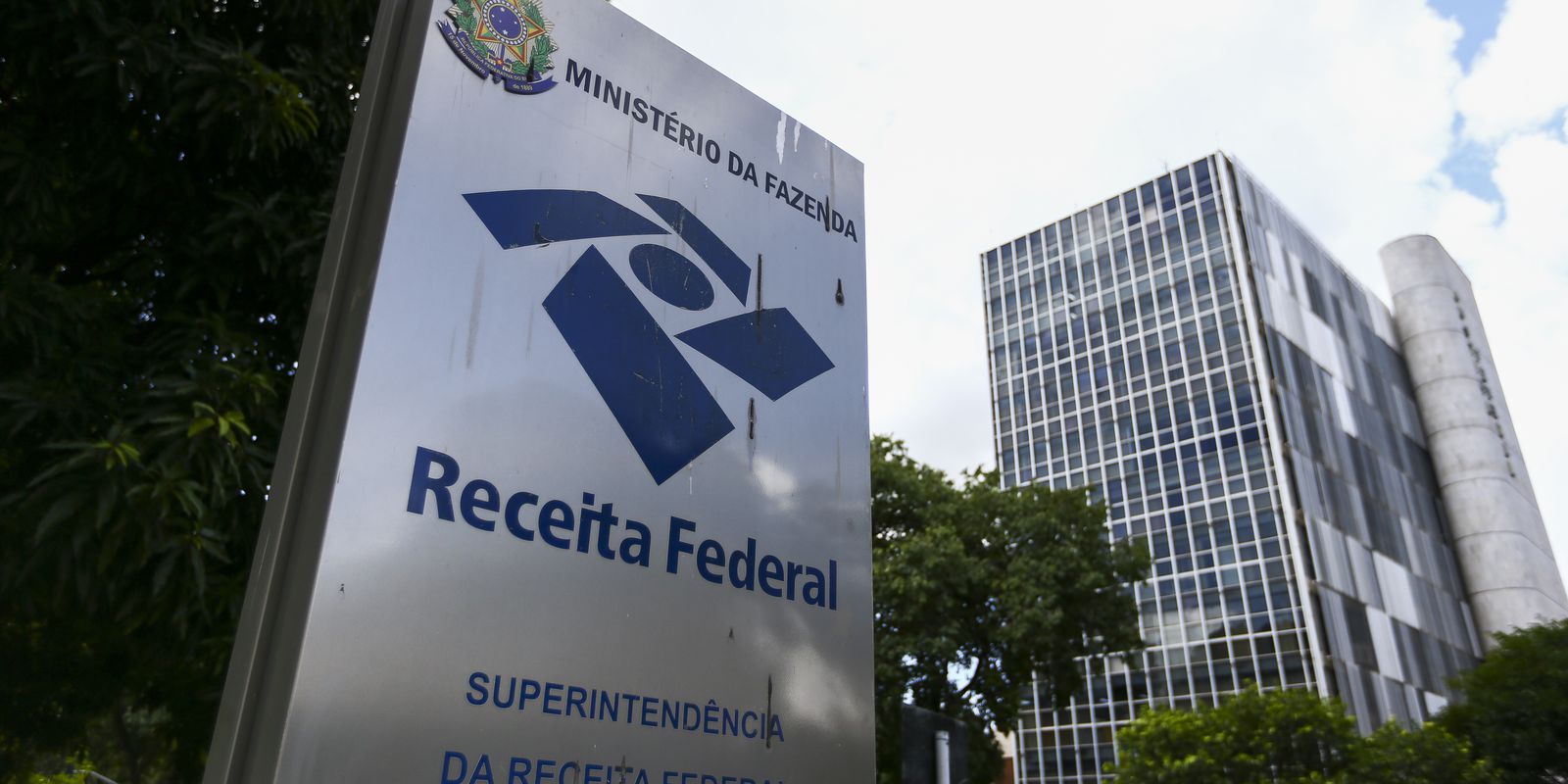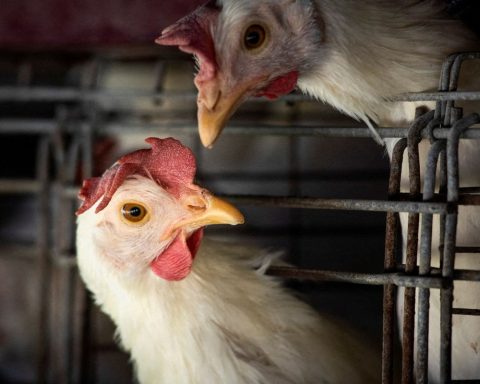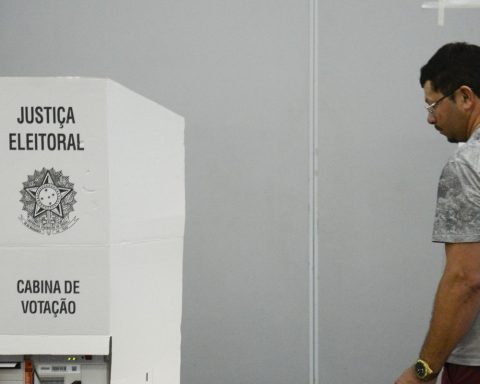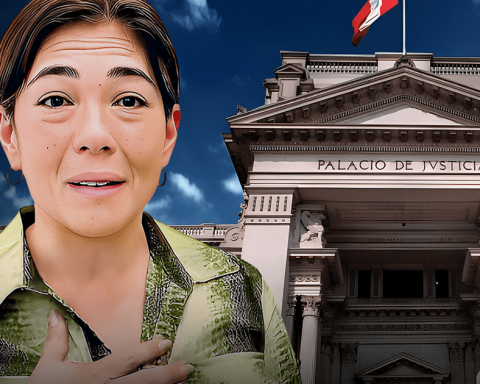The Union collected R$ 158.99 billion in taxes in February, according to data released this Thursday (23) by the Federal Revenue Service. It is the highest value in the historical series, which began in 1995. In comparison with the same month of last year, there was real growth of 1.28%, that is, above inflation, in values corrected by the Extended National Consumer Price Index ( IPCA).
In the accumulated result for the year, collection reached R$ 410.73 billion, representing an increase above inflation of 1.19%. The value is the highest in the series for the accumulated period. February collection data are available at site of the Federal Revenue.
The assessment of the head of the Center for Tax and Customs Studies, Claudemir Malaquias, is positive and, for him, the numbers indicate a resumption of job creation. “We realize that the performance of economic activity continues to be decisive for the result of collection. In this month of February, we have a positive surprise in the performance of the wage bill, which means that economic activity is also accompanied by a recovery in the level of employment, ”he said, during a press conference.
As for revenue managed by the Federal Revenue, the amount collected in February was R$ 153.03 billion, representing a real increase of 1.14%, while in the accumulated period of January and February, the collection reached R$ 387.96 billion, real increase of 1.76%.
The increase can be explained, mainly, by the increase in payments of Corporate Income Tax (IRPJ) and Social Contribution on Net Income (CSLL), which is levied on companies’ profits. According to the Revenue, they are important indicators of economic activity, especially in the productive sector.
Exemptions granted in the Tax on Industrialized Products (IPI) and the Social Integration Program/Contribution for Social Security Financing (PIS/Cofins) also influenced the result.
corporate profit
Income from IRPJ and CSLL amounted to R$ 30.83 billion, with real growth of 12.12% over the same month of 2022. The result is explained by the real increase of 12.88% in the collection of the monthly estimate of companies. In calculating by monthly estimate, the actual profit is calculated annually, and the company is obliged to pay the tax monthly, calculated on an estimated basis.
The Revenue also observes that there were atypical payments of IRPJ and CSLL of approximately R$ 2 billion, by companies linked to the commodities (basic products traded on international markets), associated with mining and fuel extraction and refining.
In the accumulated result for the year, IRPJ and CSLL added up to R$ 118.21 billion, with real growth of only 0.79%. This performance is explained by the real growth of 19.66% in the monthly estimate, 13.88% in the quarterly balance sheet and 6.74% in presumed profit, combined with the real decrease of 50.99% in the IRPJ adjustment statement and CSLL, related to triggering events that occurred in 2022.
“In addition, there were atypical payments of around R$ 5 billion, especially by companies linked to the exploration of commoditiesin the first two months of this year, and 12 billion, in the first two months of 2022”, informed the Federal Revenue.
Extraordinary revenues were offset by tax exemptions. In February alone, the reduction of PIS/Confins rates on fuel resulted in a reduction of R$ 3.75 billion. In the year, it reaches R$ 7.50 billion. Already the reduction of Tax rates on Industrialized Products (IPI) cost R$ 1.9 billion to Revenue last month and R$ 3.80 billion in January and February.
“Without considering the atypical payments, there would be a real growth of 6.74% in the collection for the period and 3.56% in the collection for the month of February”, informed the agency.
Other highlights
Another highlight of the February collection was social security revenue, which reached R$ 46.04 billion, with a real increase of 6.28%, due to the real increase of 8.52% in the wage bill. In the accumulated result for the year, the result reaches R$ 94.39 billion, a real increase of 7.47%. This last item can be explained by the real increase of 12.28% in the wage bill and the real increase of 10.14% in the collection of the social security contribution of the Simples Nacional in January and February of this year, in relation to the same period of 2022.
In addition, there was an increase in tax offsets with social security revenue debts due to Law 13670/18, which prohibited the use of tax credits to offset debts of monthly IRPJ and CSLL estimates.
The Withholding Income Tax (IRRF) – Labor Income recorded collection of R$ 14.08 billion in February, representing real growth of 12.11%. The result is due to real increases in the collection of items Income from Salaried Work (10.66%) and Retirement from the General System or Civil Servants (33.07%) and a decrease in Profit Sharing or Results (a decrease of 1. 03%). In January and February, the value reaches R$ 35.31 billion, a real increase of 12.83%
The IRRF – Capital Income collected R$ 6.72 billion last month, with a real increase of 27.03%. Added January and February, the value reaches R$ 17.66 billion, real increase of 44.65%. The results can be explained by the increase in the Selic rate (basic interest rate in the economy), which influenced the collection of earnings from funds and fixed income securities.
macroeconomic indicators
It is customary for the Federal Revenue Service to also present the main macroeconomic indicators that help explain the collection performance, both in the month and in the accumulated result for the year. However, some data are not available due to the change in the methodology of the Brazilian Institute of Geography and Statistics (IBGE) in calculating and disclosing the results of the sale of goods and services and industrial production.
The information already available is on the wage bill, which maintains a significant growth of 14.78% in the month (18.76% in the year) of January (generating factor of the February collection), in relation to the same month of 2022. in dollar terms, imports fell by 6.05% compared to January of last year and by 1.98% in 12 months.
First and second paragraphs amended, at 4:11 pm on March 23, 2022, to correct information: the results are the highest of the historical series started in 1995, not since 2000.
















